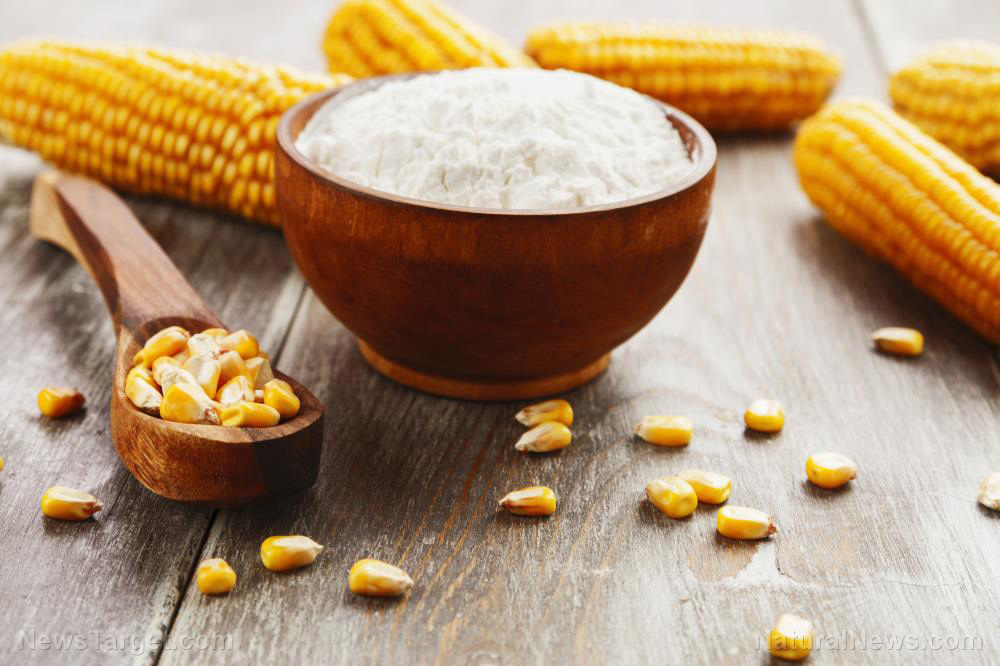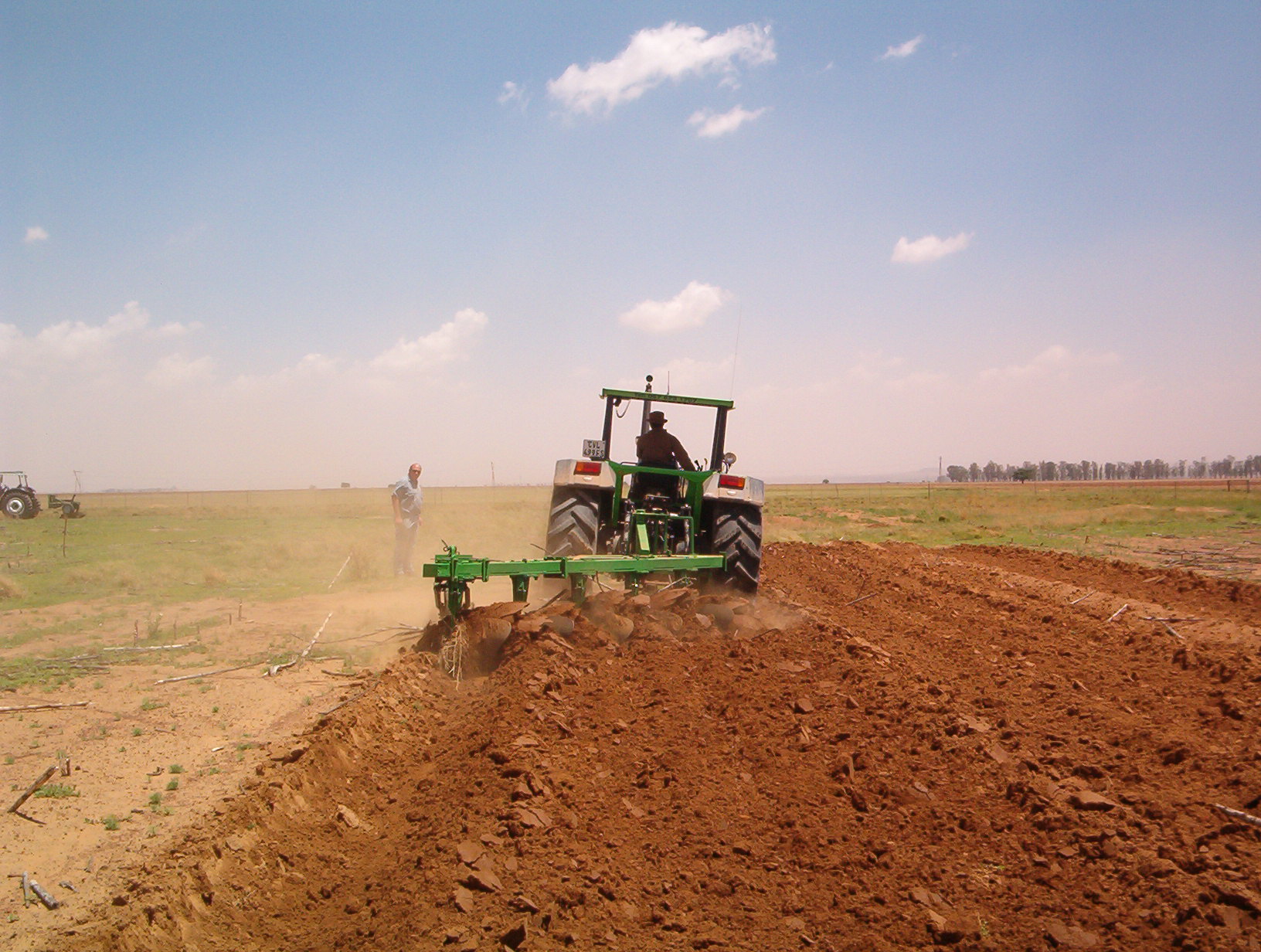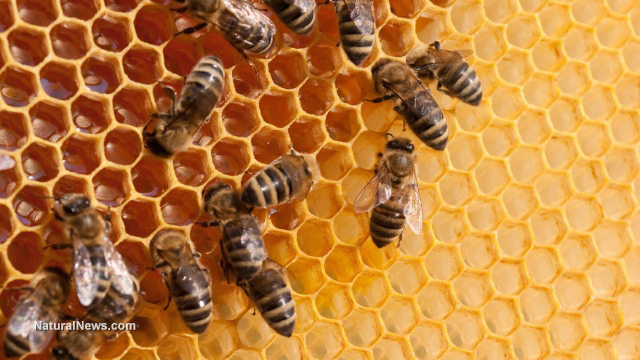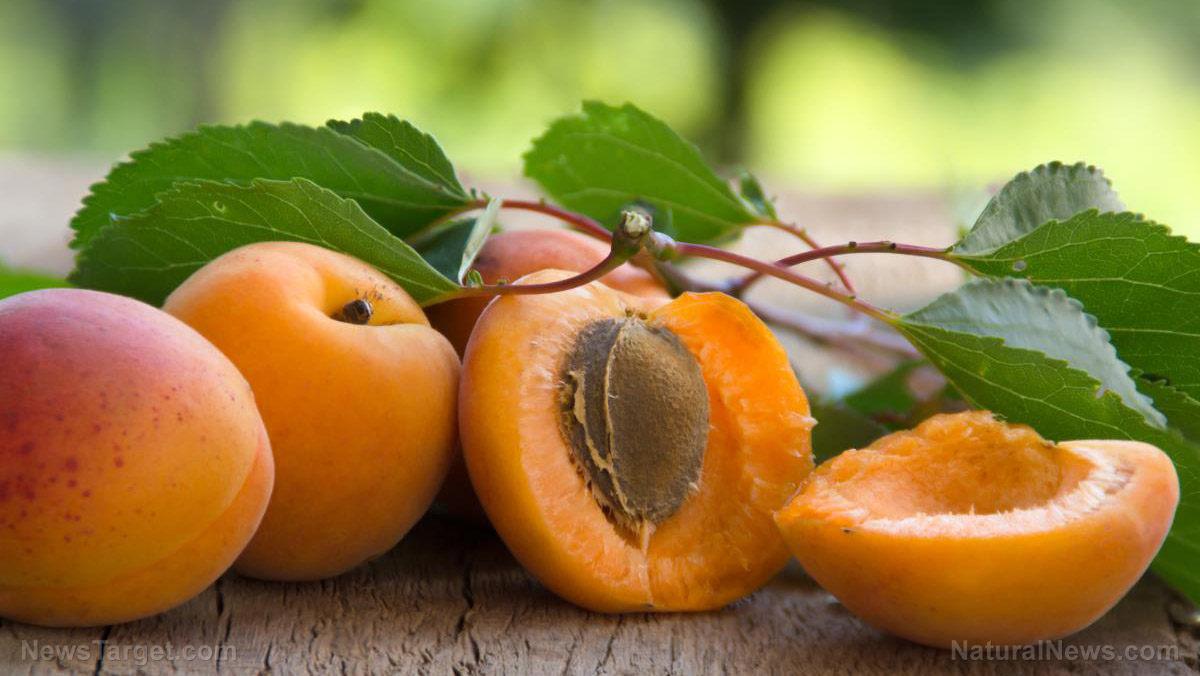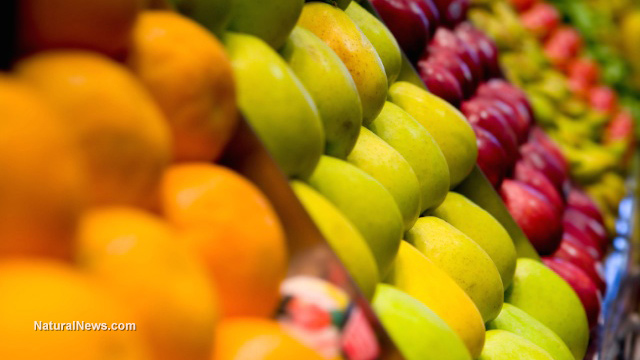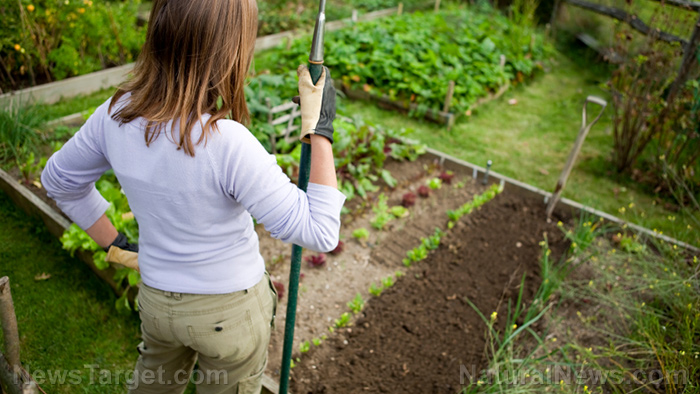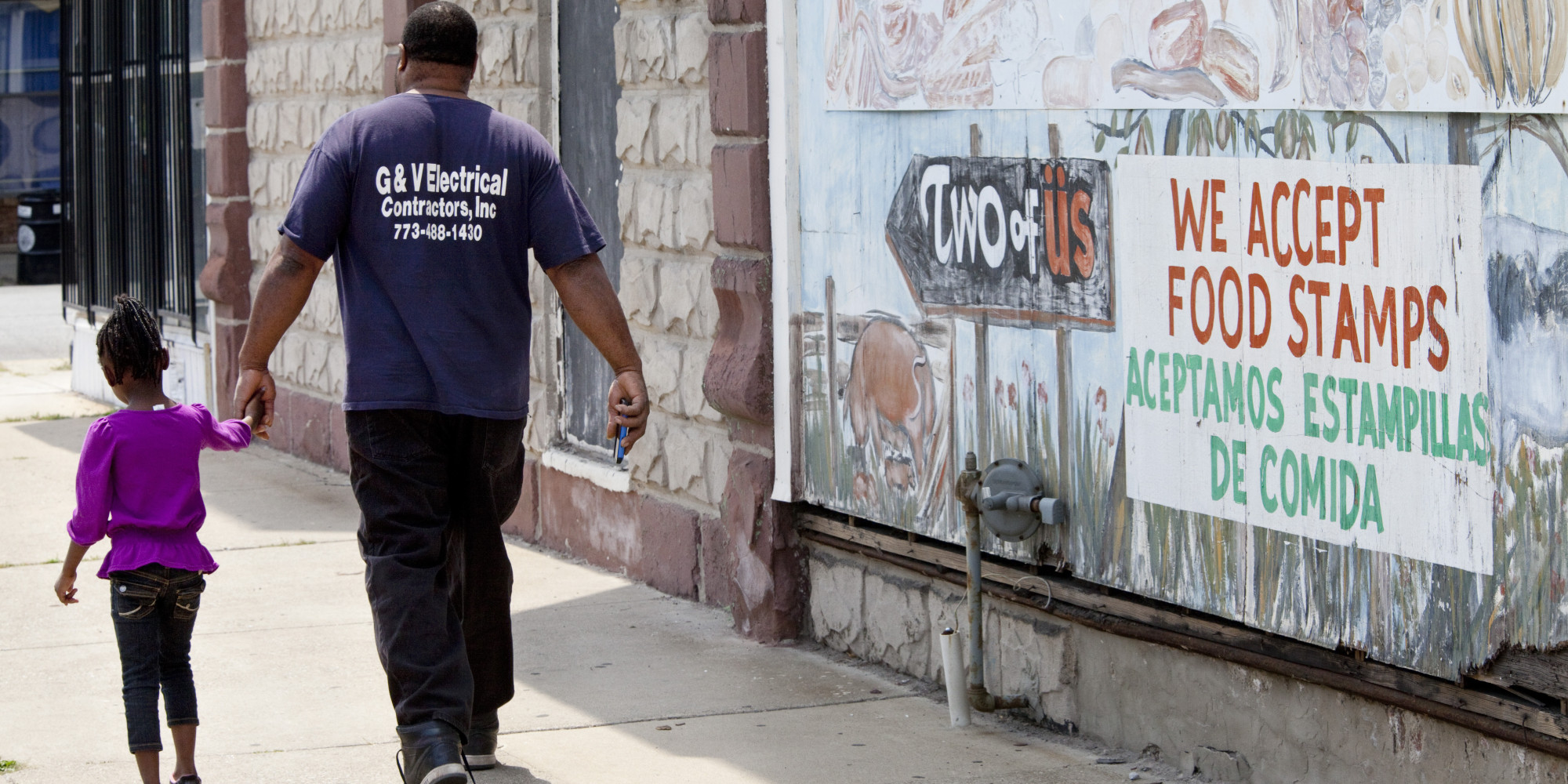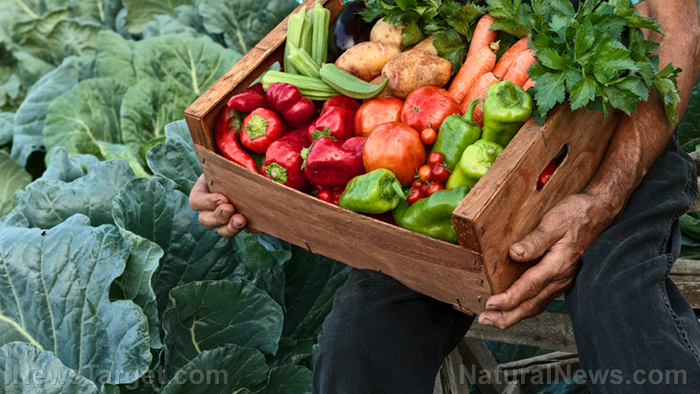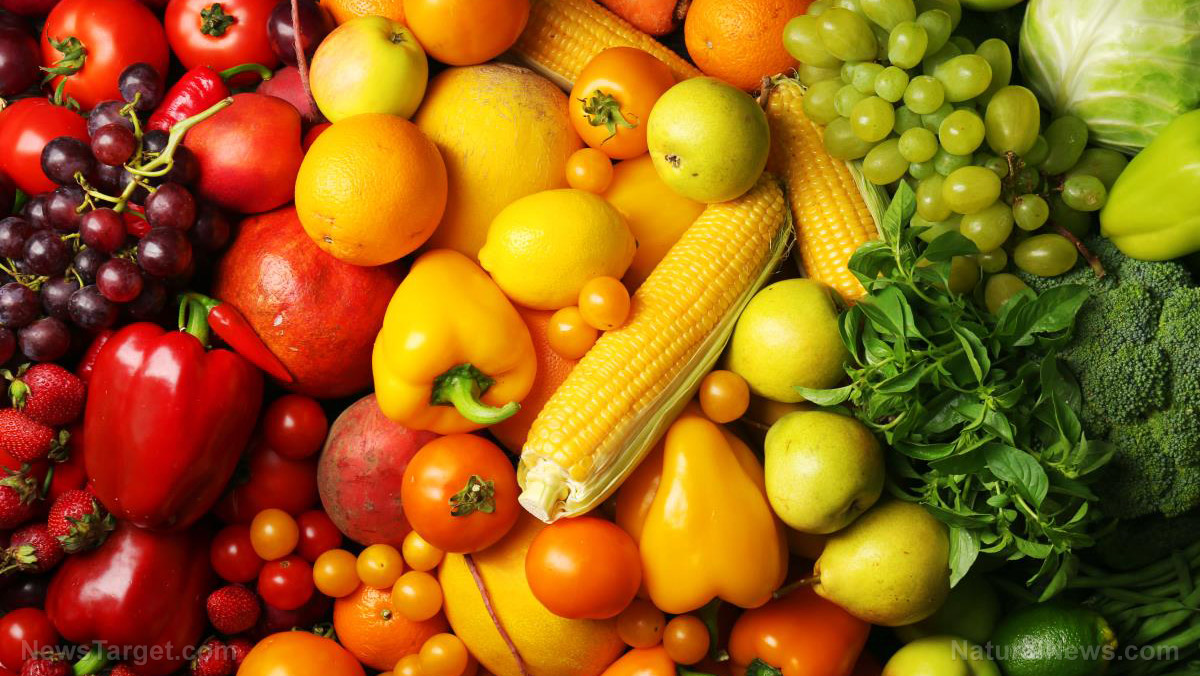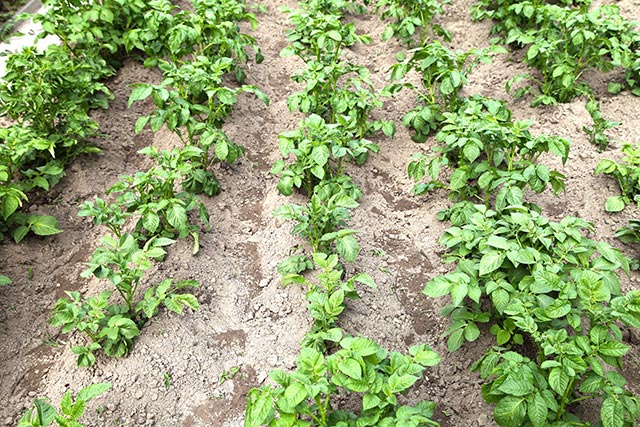School food makes kids fat: Expert finds U.S. schools are feeding low-income children like pigs at the trough
01/02/2018 / By Zoey Sky

Around the globe, healthcare professionals are worried about the steadily climbing rates of child obesity. Are school lunches to blame for this alarming trend?
Children spend most of their time at school, and most of their daily calories come from the meals they eat there. Caroline Fitzpatrick, a child development researcher interested in child education, health, and poverty, collaborated with epidemiologist Tracie Barnett to look into this matter.
According to the researchers, “schools with the unhealthiest food environments were more likely to be located in disadvantaged communities.” (Related: 3 powerful back to school snacks.)
The results of the study also revealed that children aged 10 to 12 attending schools with “lower-quality food environments” showed higher amounts of central body fat (or “central adiposity” in technical terms) after two years compared to other kids in healthier schools.
Central body fat is the fatty tissue that is stored near the waist and abdomen. The presence of this kind of fat is a greater risk to long-term health than fat stored in other places on the body.
The study isolated three different school types: those with unhealthy food environments inside the school, those with unhealthy food environments inside and near the school, and those with healthy food environments inside and near the schools.
While a lot of countries such as Canada, the U. S. and the U.K., have employed policies to make sure that children have access to “high-quality foods” offered and sold in elementary and high schools, the results of the study pointed out a “considerable inequality” which is prevalent in the school food environments that children had access to.
Researchers, health-care practitioners, and stakeholders take into account that to prevent and reduce instances of childhood obesity, a “multi-faceted approach” must be implemented. It must consider various biological (e.g. genetic), psychological (e.g. stress levels), and social-environmental causes (e.g. the influence of factors such as neighborhood and poverty).
Experts are looking into the social and environmental causes since these two are “cost-effective and modifiable targets for interventions.”
How can we prevent child obesity?
This battle can soon be solved with the rollout of “carefully designed and implemented interventions” that can significantly improve the food environments in schools, which will also improve the quality of children’s diets.
Per the results of the study Fitzpatrick and Barnett spearheaded, food environments surrounding schools must also be subject to intervention and social policy.
Schools in disadvantaged communities can also “have the most difficulty providing healthy foods to their students.” They can benefit from further studies concerning the obstacles that these schools face when trying to promote successful healthy food policies.
To finally get an edge in the battle against obesity and cardiometabolic disease, we must all make an effort to “implement preventive interventions as early as possible.”
Suggestions for healthy school snacks
Making school snacks for your children doesn’t need to be a time-consuming task. Try these easy recipes for some healthy snacks:
- Sweet and crunchy snack – Serve some snap peas with grapes for a healthier alternative to veggies and dip.
- Blue bagels – Serve some bagels with cream cheese and blueberries for a lovely blue snack. Smash half a cup of fresh blueberries in one cup of reduced-fat cream cheese. You can also puree frozen blueberries in the blender and mix in. Spread two tablespoons of cheese on a mini whole-wheat bagel. Give each child half a bagel.
- Fruity franks – Instead of serving greasy hotdog buns, take a whole-wheat hotdog bun, spread one and a half tablespoons of sunflower butter, and place a peeled banana inside and slice down the middle.
- Ladybugs on a log – For this celery snack, use some three- to four-inch-long celery sticks with at least two tablespoons of cream cheese. Sprinkle some dried cranberries.
You can read more articles about fresh food and tips on how to eat healthy at Fresh.news.
Sources include:
Tagged Under: body fat, central adiposity, central body fat, child obesity, childhood obesity, children’s diets, daytime food, food environment, food supply, obesity, public schools, school lunches




